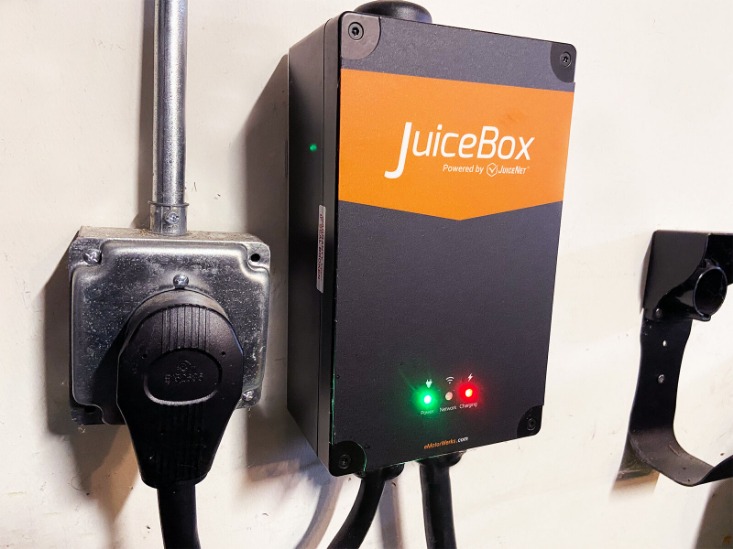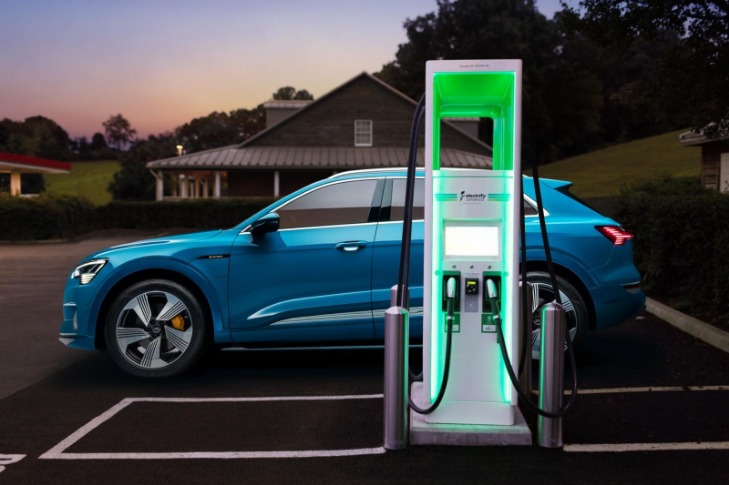This type of charge point allows for 22 or 7 kilowatt per hour, and most of the time they work with a three phase electricity supply, which is now the charging standard across Europe. When charging on a rapid station, the first 80% of the battery will charge at the maximum speed that the charging point can give and that the battery capacity can take. Although only Tesla owners can take advantage of the last rapid charger, these charging points are ideal for long road trips, especially for topping up when your battery is getting low. The battery’s maximum capacity is what will determine how much energy per hour the vehicle will be able to take while being plugged in to a charger.
DC fast charging speed slows as the battery gets closer to full to prevent damage to the battery. Battery charging specifications vary from manufacturer to manufacturer and from model to model.
Tips to Maximize Charging Efficiency
If you have any questions about the Mercedes-Benz charging experience, please do not hesitate to contact our authorized Mercedes-Benz all-electric dealership. The charging speed for electric cars at home depends on where you plug your car’s battery into.
Green Car Reports Newsletter
A Tesla subscription is more flexible than buying or leasing a Tesla as you’re not tied into a long contract or loan period. Read more about Ecarcharger.store here. Level 3 charging stations are the fastest dedicated EV chargers and run at 480V+ (DC Fast Charging). They are usually reserved for commercial enterprises with the power setups and budget for the extra outlay. However, you can greatly speed up the charging process by installing a Level 2 wall charging station. If you invest in a wall charger at home, you’ll only ever use the home connector kit in emergencies and it will likely stay in the trunk of your car until you need it. This type of charging will take 8-16 hours to get an 80 percent charge.
This type of charger connects to your car via hardware called a connector, which resembles a gas pump with a stubby nozzle. On the end is a circular plug that has five smaller circular connection points. This universal connection, called J1772, is compatible with nearly every EV in the U.S. Think of it as a more advanced version of the standard plug that’s found on items like lamps and vacuums. All electric vehicles are compatible with smart charging devices but not all charging devices are smart.
Is charging an electric car at home expensive?
The one you choose will depend entirely on your car and your budget. A charger may offer faster recharge speeds, but it will end up costing more as a result. So if your car’s recharge potential tops out at 7 kW, there’s little point in paying extra for a 22 kW-capable charger. The standard U.S. power socket offers 120 volts with 15 amps of current, which translates to roughly 1.8 kW charging speeds.



